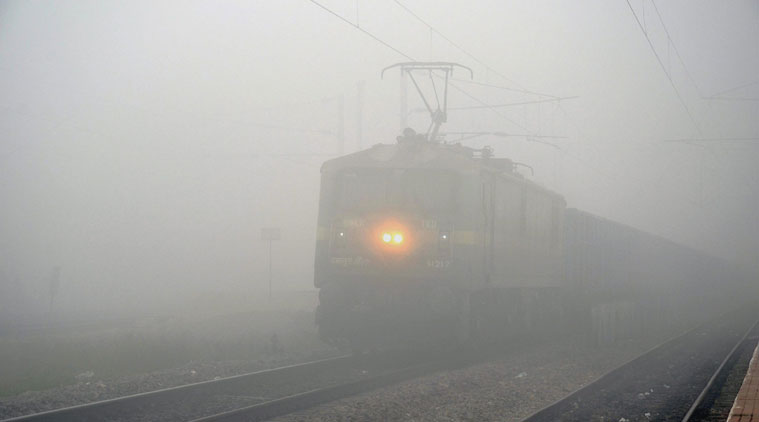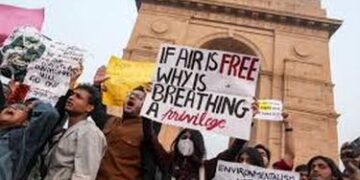New Delhi: Delhi emerged as the most polluted city in India, recording an average PM2.5 level of 243.3 micrograms per cubic metre air (µg/m³), with pollution surging by 19.5 per cent in week-on-week increase, according to a report released on Thursday.
According to the Air Quality Analysis Report by Respirer Living Sciences, which analysed PM2.5 levels across 281 Indian cities from November 3 to 16, Delhi was ranked last, holding position 281.
The prominent pollutant was PM2.5—fine particles with a diameter of 2.5 micrometers or less, roughly the width of a human hair.
These particles can penetrate deep into the lungs and enter the bloodstream, posing significant health risks, according to the Central Pollution Control Board.
The severe pollution underscores the compounded effects of vehicular emissions, industrial output, and stubble burning.
Combined with cooler winter temperatures, these conditions are trapping pollutants closer to the ground, the report said.
It claimed that Delhi’s pollution was part of a larger trend affecting the Indo-Gangetic Plain and several other northern states, including Uttar Pradesh, Haryana, and Punjab, which also recorded hazardous air quality levels.
The seasonal onset of winter, coupled with temperature inversions and reduced wind speeds, has exacerbated pollution.
Ronak Sutaria, Founder and CEO of Respirer Living Sciences, spoke to PTI about the analysis.
He said the spike in pollution levels every year around November marks a significant departure from the usual pattern, which typically sees such levels between mid-December and February.
“This shift not only highlights an unusual trend but also raises serious concerns about what we might face in the coming months,” he said.
Another observation made was the stark difference in PM2.5 concentrations across the region.
PM2.5 levels in New Delhi’s municipal limits were up to 100 µg/m³ higher than in surrounding areas such as Gurugram, Ghaziabad, and Faridabad, suggesting the presence of localised pollution sources that must need immediate attention.
Sutaria also raised the possibility that these discrepancies could be due to inaccuracies in monitoring systems, which may require further investigation.
While northern cities are grappling with severe pollution, the analysis also highlighted regions in southern and northeastern India that enjoy significantly better air quality.
Cities like Imphal in Manipur (14.2 µg/m³) and Ariyalur in Tamil Nadu (15.0 µg/m³) emerged as examples of cleaner air, benefiting from favorable geography, effective local interventions, and lower industrial activity, it said in analysis.
On the air quality front, Delhi’s 24-hour average AQI was recorded at 371, improving slightly from the previous day’s severe category reading of 419.
On Sunday, Delhi’s air quality was in the severe category, prompting authorities to impose the GRAP-IV measures. However, the situation worsened on Monday and Tuesday, with the AQI exceeding 450, reaching the severe-plus category.
For context, AQI readings are categorised as follows: an AQI between 0 and 50 is considered “good,” 51 and 100 “satisfactory,” 101 and 200 “moderate,” 201 and 300 “poor,” 301 and 400 “very poor,” and 401 and 500 “severe.”






